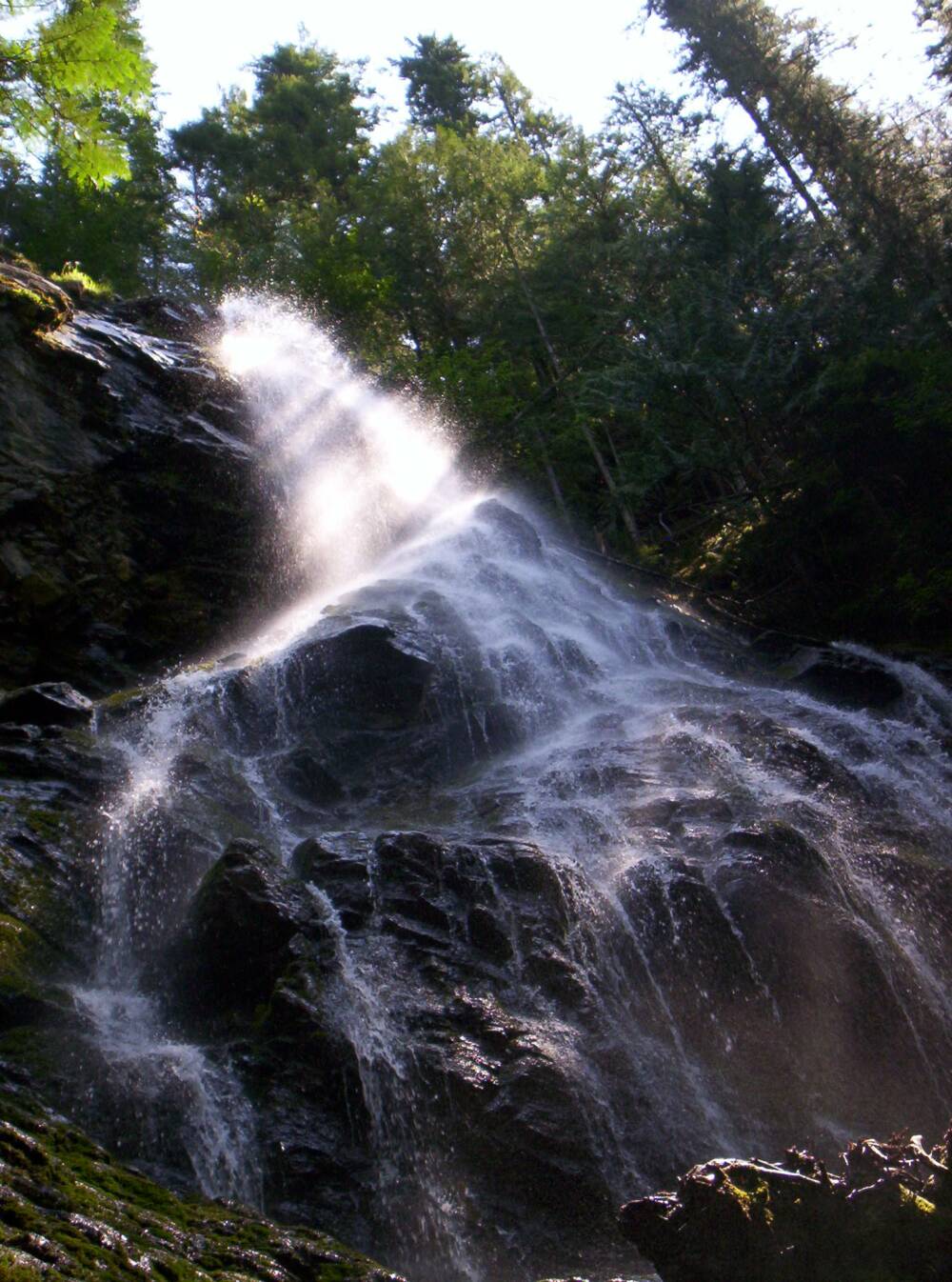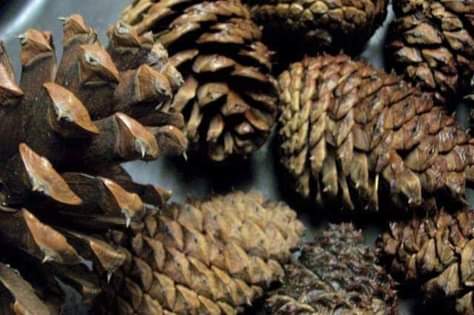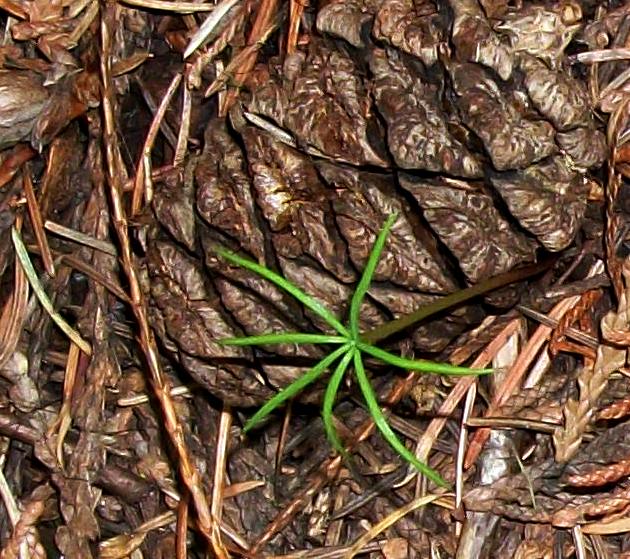THE MOTHER TREE HUB - TOOLROOM 1
Rewild
Nature
One Small Space
at a Time
Mother Tree Hub
feature
As you improve your skills at picking up feelings from plants and trees you will discover that plant energies within ecosystems gather into energy guilds. Often these guilds are strongest around Mother Trees. Like all plants, trees provide energy emissions, which also carry communication between themselves and others.
We really have a lot to learn about how everything works – and how everything is connected. Join us for a presentation about the importance of Mother Trees.
Toolroom 1 - How to Create a Forest
How to Collect Tree Seeds
Follow JimmyB…..How can we collect pine tree seeds from local trees? I try to find out! Trees are incredibly important to the earth, but we haven't treated them well for many decades. Helping to grow trees is something that anyone, anywhere can do to help not just their local community, but the world as a whole. With this in mind, I'll be collecting tree seeds from local trees and trying to grow them! In this video we'll be looking at pine trees and how to harvest pine tree seeds. I document my experience and learning from my first season doing this. It's a pretty straightforward process, especially if we are patient. My hope is that we can use the comments to share tips, tricks and insights that will make this site a robust resource that can help enable people worldwide to grow more trees. Let me know what you think of my methods down below!
The Tree Council….Explore the fascinating world of conkers, acorns, apples and pears, helicopters, cones and poisonous berries. Seed gathering is a hugely fun way for you to get to know the trees in your area, noticing what is growing around you and discovering how to nurture the young trees of the future. Join Jon Stokes, The Tree Council's Director of Trees, Science and Research and author of The Good Seed Guide in discussion with Juliette Colaco, our National Schools Programme Officer, to explore the incredible diversity of tree seeds on your doorstep and learn how to collect and process your seed to grow your own free trees.
Over the past 20 years there has been an increased demand for native plant materials to restore disturbed ecosystems. Parallel with this demand, restoration managers desire more control over seed source and provenance, so that the seed is appropriately matched to soil and climate conditions of the site under restoration. Commercial production of native seeds has not met the market demands, and many species remain unavailable in sufficient quantity or appropriate origin, especially in more remote regions. In response, several industries and government agencies have begun collecting their own seed for restoration purposes. The seed collection and cleaning process varies widely among species due to the large variety of fruit and seed types. Species also differ widely in their storage and propagation requirements.
Some literature has been published on native plant collection, but is more focused on their propagation. Recently a database has been created to host propagation protocols of native plants in North America. We do not know of any guides on how to collect, process, store, and grow native species specific to eastern Canada. We performed our own field investigations on seed collection in support of ecological restoration in subarctic eastern Canada. We gathered data and ideas from books, literature and online databases, and after making many mistakes, we saw the need to compile a regional guide with simple yet detailed protocols on wild seed collection and processing. The simple techniques we have compiled will improve the success of collecting and growing native wild plants from seed. These protocols can be used as a foundation for the development of small seed collection businesses and for ecological restoration projects that require the use of local native plants. Seeds are also collected for propagating plants used for medicine, traditional use, and for food. Gardeners may also find these protocols useful for gardening with native plants.
https://laurentian.ca/assets/files/Living-With-Lakes/Reports/17b76b_56cdc94298404bcbb42676fc0c0f3788.pdf
How to Germinate a Seed
First in a series of four videos looking at how we can all grow our own trees from seed. This video gives us a great introduction to stratification.
Learn how to grow Pine tree seeds. Includes stratification and planting instructions. http://www.TreeSeeds.com for more information on planting trees from seed.
How to Plant a Tree
Brief, fun video on how to properly plant bare-root tree seedlings. Just six simple steps. Great for communities, school groups, and landowners.
The Best Time of Year to Transplant Pine Trees. Pine trees have a medium to high successful transplant rate. Following a few steps and transplant at the right time to maximize your success rate and give the pine tree the best opportunity to grow.
"Site Preparation" is the work foresters do to prepare the land before they plant trees. Different regions and conditions require different treatments. In our flat, low-lying forests in the Southeast, where the ground is often wet, this work is especially intense. We have to plow bedded rows to protect the young seedlings from drowning. Our foresters show how this work is done to ensure the next generation of forest is as healthy as possible.
It's time for a little privacy so we bought a 1000 pines to plant on the border of our property.
CONTACT US
If you believe that you might benefit from the Mother Tree Hub and you are willing to expand your relationship with nature please contact us and we will set up a live conference call with you.
Contact our office by email at the Sanctuary Forest Network: services(at)sanctuaryforestnetwork.com
Or you can call the Wildcraft Forest on our direct line at:
250.547.2001
THE MOTHER TREE HUB - TOOLROOM 1
The Mother Tree Hub
An information portal produced by the Wildcraft Forest Foundation with support from the Regional District of the North Okanagan Conservation Fund; the David Suzuki Foundation and other community supporters.
The Wildcraft Forest Foundation offers skills, insights and
inspiration for creating good stewardship and positive change.
Located at the Wildcraft Forest
1981 Highway 6 Lumby, British Columbia
Discovery Centre – 250.547.2001 Email: services@sanctuaryforestnetwork.com
Main Website: www.wildcraftforest.com
Extension Services: www.wildcraftforestschool.com
Resource Centre: www.mothertreehub.com
This website and all material is copyrighted by the Wildcraft Forest Foundation
www.mothertreehub.com


